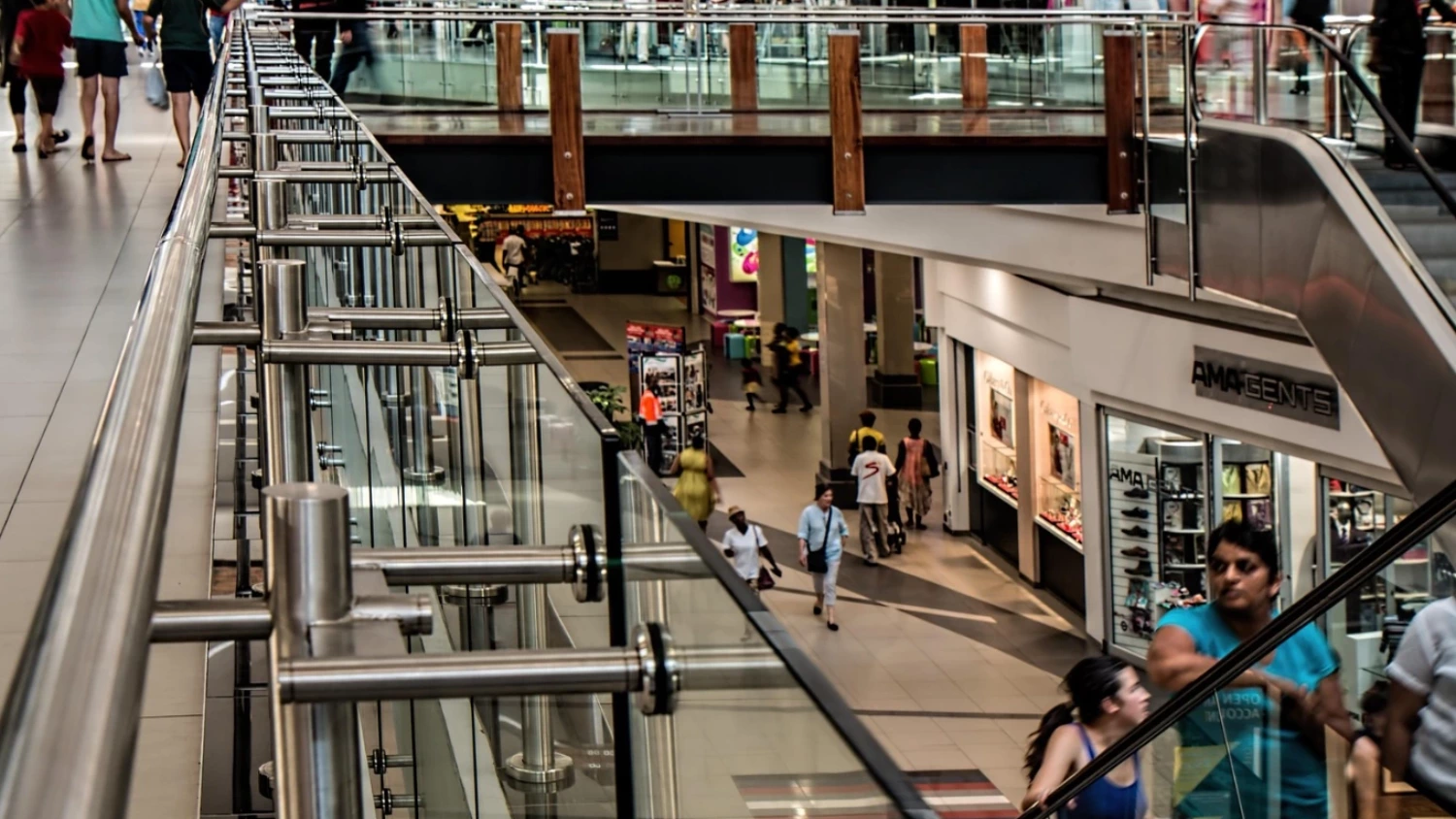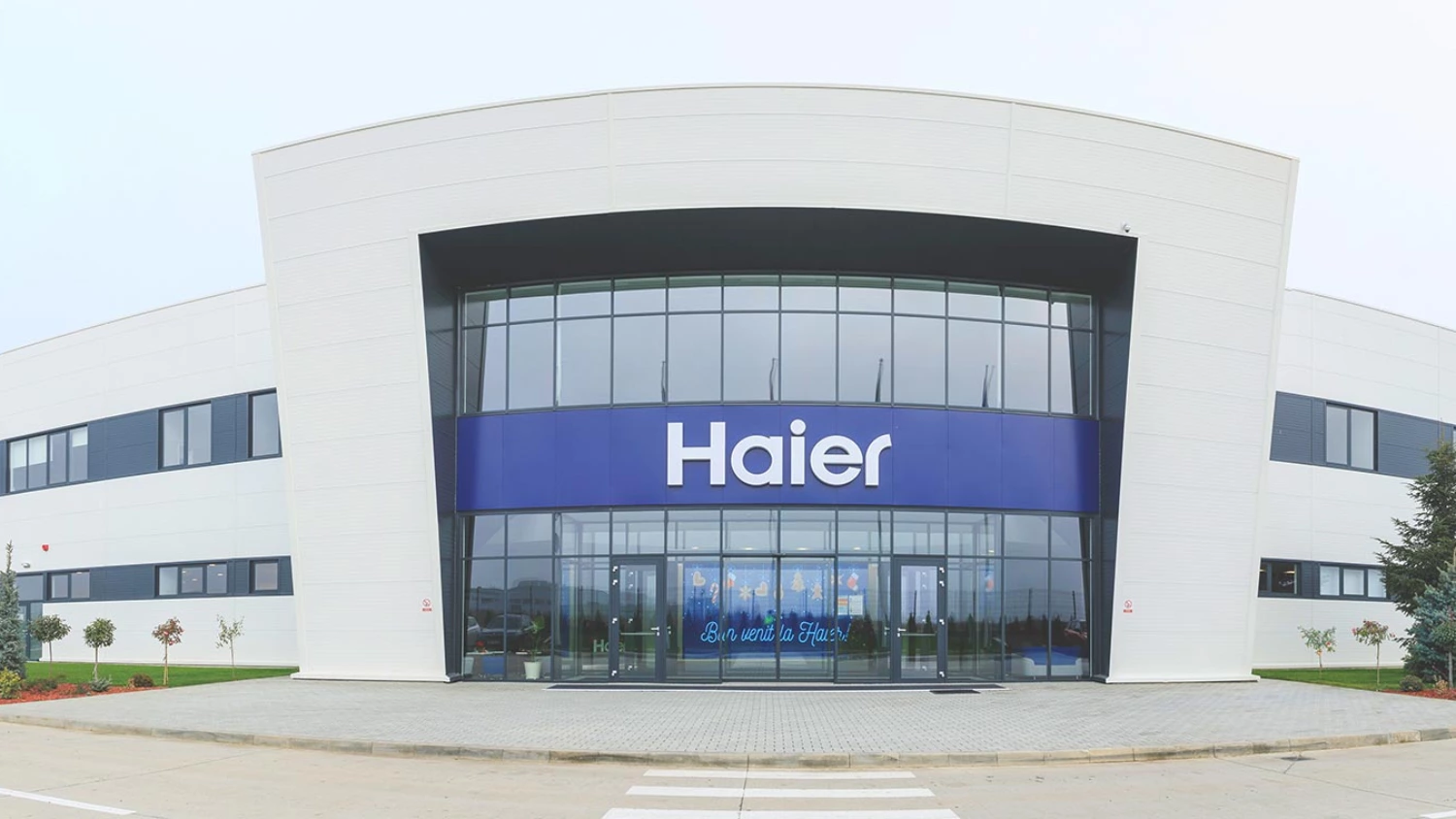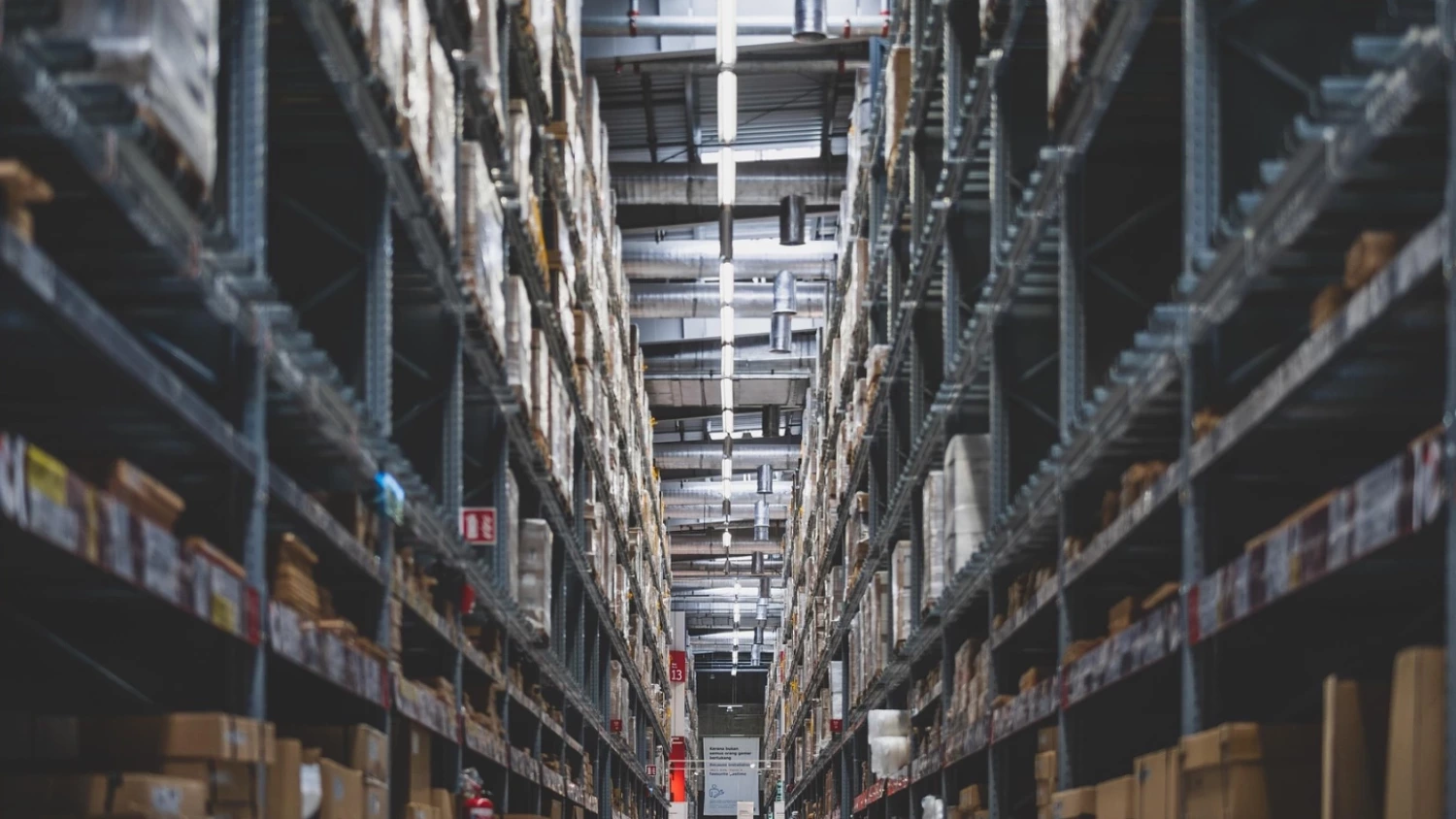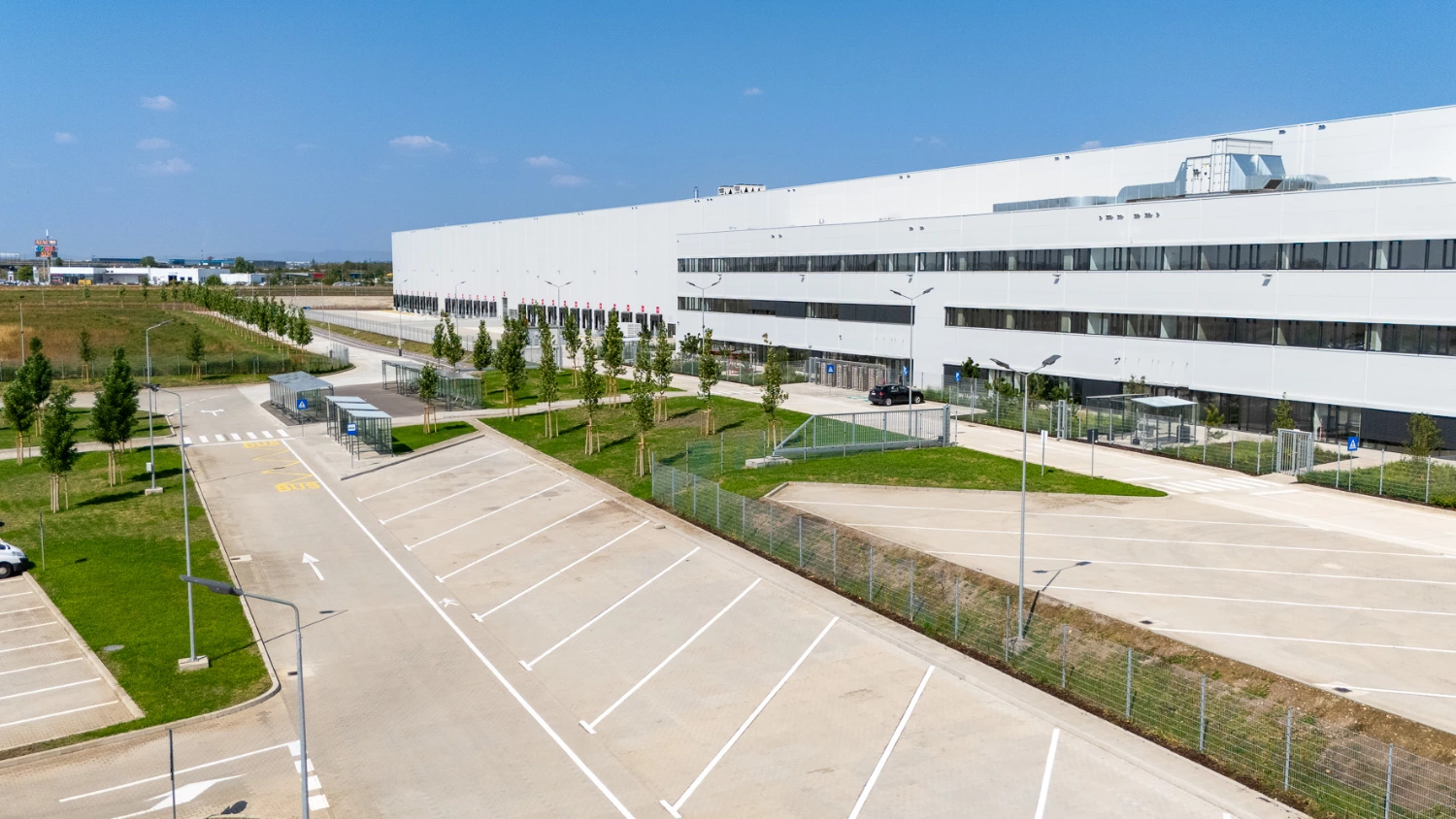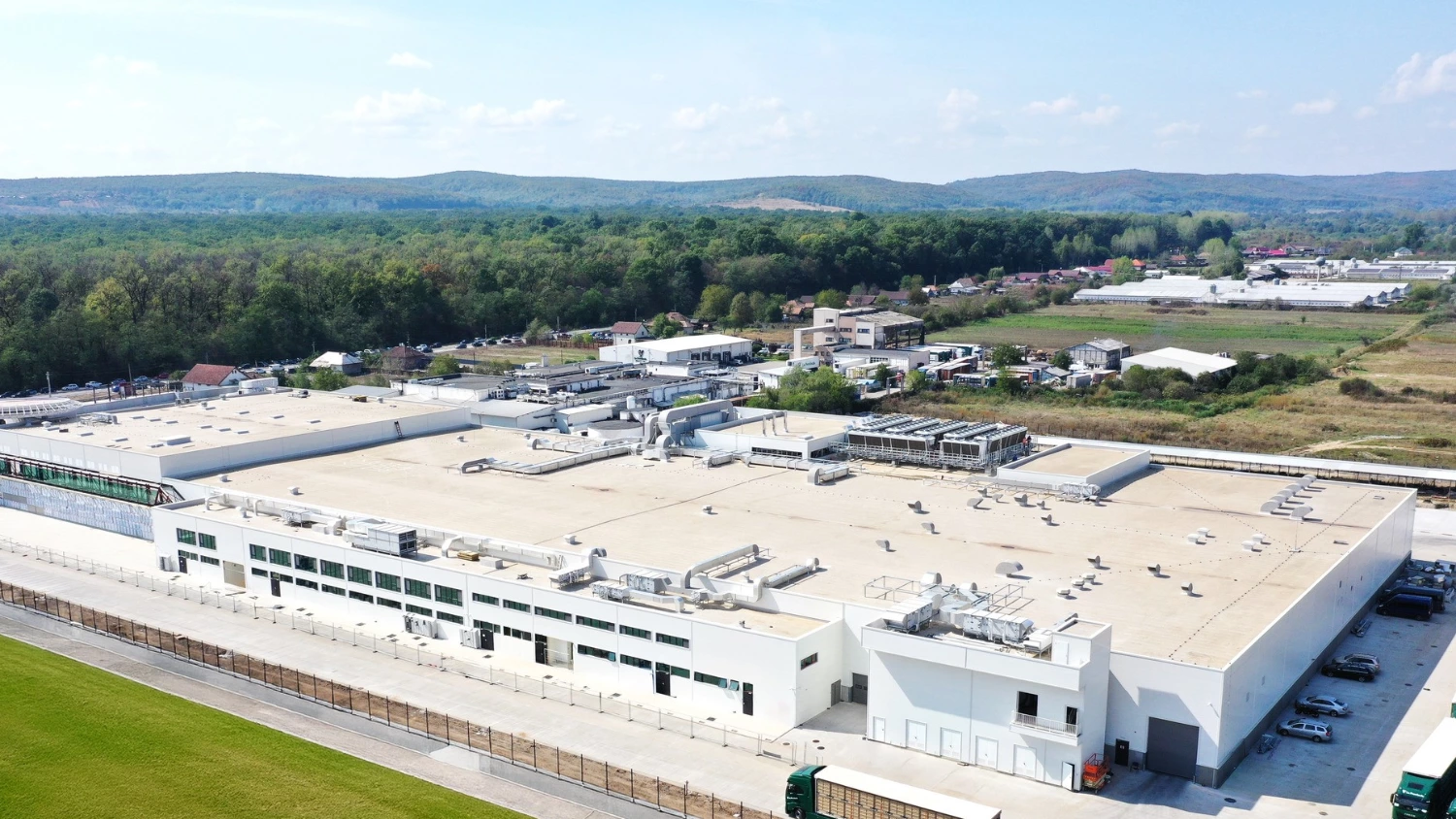Bucharest and surrounding areas generated nearly 70% of all deals, supporting a potentially record year for the local logistics market. The north-eastern and south-eastern regions posted the highest growth rates, albeit from low base levels, supported by infrastructure developments and expanding investments in manufacturing and logistics services.
"In 2025, the market has changed significantly compared to previous years - companies have once again turned their attention to the Bucharest-Ilfov region, following a period when interest had shifted towards other parts of the country," explains Victor Coșconel, Partner and Head of Leasing at Colliers. "However, we see this as an exception rather than a new rule. In the medium and long term, we expect other regions of Romania to continue to grow at a faster pace, thanks to better workforce availability, lower costs and new infrastructure projects."
The logistics sector dominated the market, generating around 45% of total demand, followed by retail. Many logistics operators work for major retailers, showing that most transactions remain fuelled by domestic consumption. Romania currently offers about 8 million sqm of modern logistics space, and this figure could double to reach levels seen in other regional countries.
Romania has nearly 420 sqm of modern logistics space per 1,000 inhabitants, significantly below Poland (973 sqm), Hungary (617 sqm) and the Czech Republic (1,165 sqm). "The industrial sector remains the real estate segment with the highest growth potential in Romania," concludes Coșconel.


